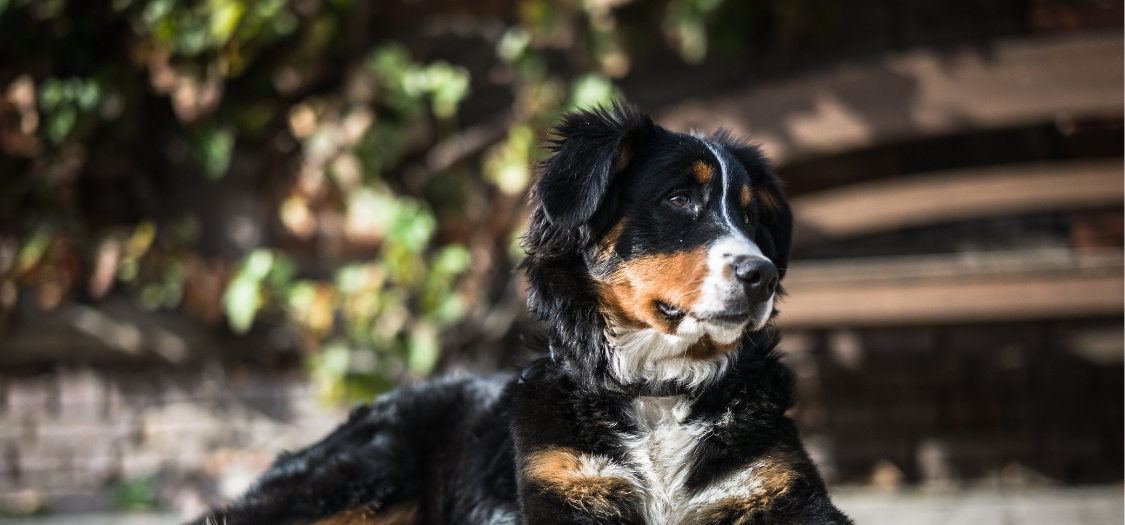Does My Dog Have Hip Dysplasia?
What Should I Do?

Hip dysplasia in dogs is a very common, painful orthopaedic condition, where the ball at the top of thigh bone (femur) doesn't sit well in socket of the hip joint. Hip dysplasia is an inherited condition. Although some breeds are more vulnerable to it than others - e.g. rapidly growing large breeds - any dog can develop it.
If your dog is unable to have surgery for whatever reason, be it because they are too old or frail or perhaps for personal financial reasons, then conservative or non-surgical options as treatment for hip dysplasia in dogs need to be explored instead.
If surgery isn't an option for your dog and their hip dysplasia, you need to discuss your options with your vet. Your dog’s quality of life must always inform your decisions on what is most appropriate
Read more about Dog Hip Dysplasia Causes, Prevention and How to Help at home https://zoomadog.co.uk/collections/dog-hip-dysplasia-braces-signs-and-treatment

What Should I Do?
What Are The First Signs of Hip Dysplasia In Dogs?
What Are The Different Levels of Hip Dysplasia in My Dog?
What Should I Do?
What Should I Do?
For Hip Dysplasia For A Dog?
What Should I Do?
My Dog Has Very Bad Arthritis In His Hips. What Should I Do?
What Happens, Is It Successful, What I Should Know?
My Dog Is Too Old / Too Risky For Hip Dysplasia Surgery. What Are The Non-Surgical Options?
Can Physiotherapy and Hydrotherapy Help my Dog with Hip Dysplasia?
My Elderly Labrador has Hind Leg Hip Weakness. Does He Have Hip Dysplasia?
I Have a 13-year-old Border Collie with Hip Dysplasia in his Rear Right Hip. What Should I Do?
with Hip Dysplasia

We can help find the right solution for your dog
Feel free to give us a call on 01730 622544
or email us at woof@zoomadog.co.uk